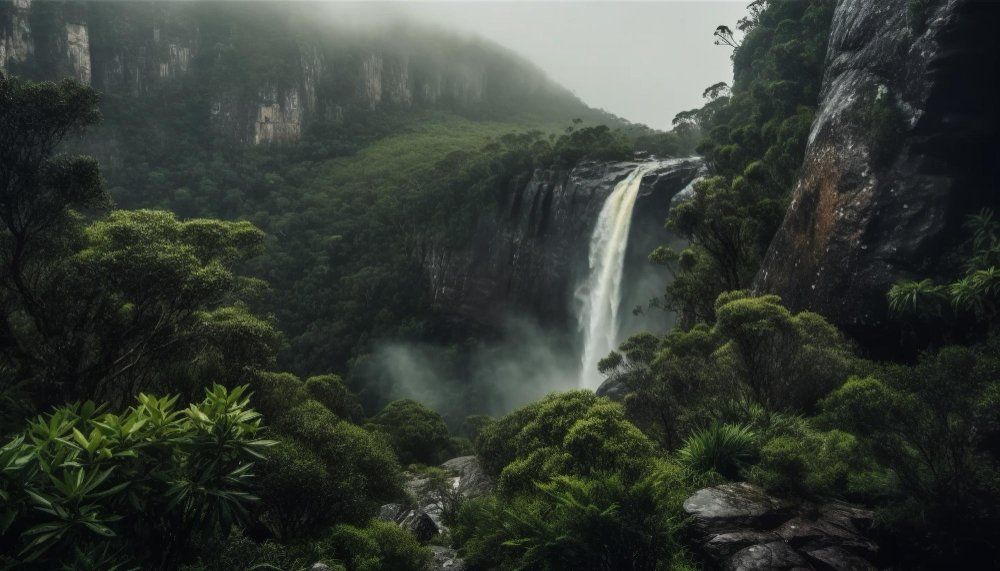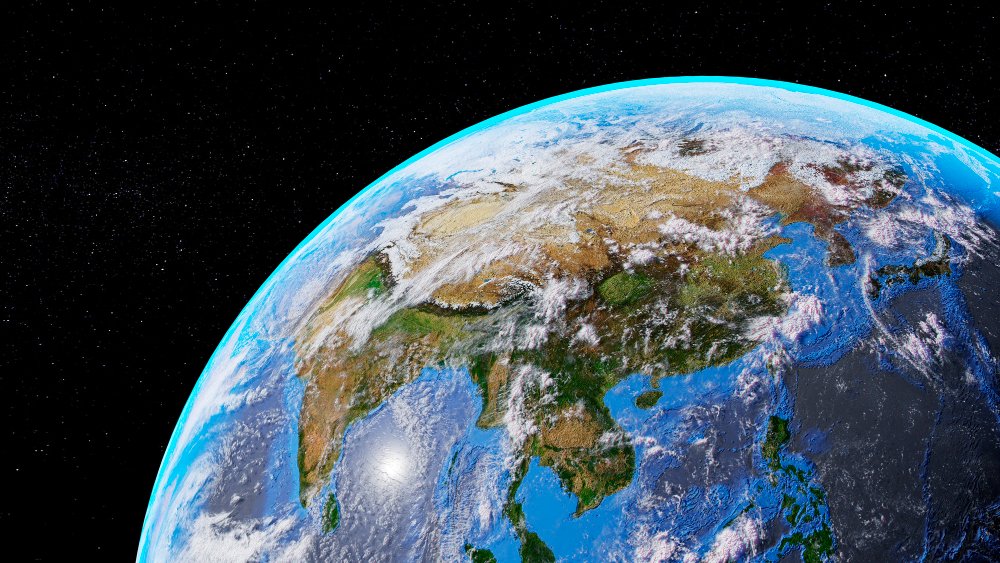Deserts in South America
Deserts are extremely dry regions. Deserts receive less than 10 inches of rainfall every year. Deserts can sizzle at a temperature of more than 131° F during daytime and freezes at night. The sand absorbs much heat during the daytime and releases it at night. Deserts cover at least one-fifth of the earth’s land surface.
The largest crescentic sand dunes are found in China’s Taklamakan Desert. Camels are called the “ship of the desert.” The Atacama Desert is the driest desert on Earth.
Antarctica is the largest cold desert in the world. The largest hot desert in the world is the Sahara. Sand is found in only about 20 percent of Earth’s deserts. Saguaro is a large, tree-sized cactus species native to the Sonoran Desert in the United States and Mexico.
The Atacama Desert
With an average elevation of about 13,000 ft (4,000m), this high plateau is, according to NASA studies, the driest place in the world. Some weather stations have never recorded a single drop of rain; even at lower levels, a dry spell of four years is common. The average rainfall in the desert’s estimated 40,600 square miles (105,200 square km) range is just 1⁄16 in (1mm) a year.
Lying to the west of the Andes and parallel to the Pacific coastline, the Atacama forms a narrow strip of arid desert in northern Chile, averaging less than 100 miles (160 km) in width but extending about 620 miles (1,000 km) south from the border with Peru.
In mountain shadows The Atacama is a double rain-shadow desert, because two high mountain ranges, the Chilean Coast Range and the Andes, block incoming moisture from both Pacific and Atlantic Oceans. In this hyper-arid climate, nothing decays; Earth’s oldest mummies, dating from around 7020 BCE, were found here, still beautifully preserved.
However, on the eastern side, where the foothills of the Andes rise up, there is a small amount of rainfall in winter. Although parts of the Atacama are considered “absolute desert,” other areas are more hospitable.
Fog zones called lomas, created at lower levels when clouds are trapped by mountains or coastal slopes, bring in enough moisture to sustain lichens, algae, and hardy cacti and shrubs. Birds, which are able to fly in and out as conditions dictate, are the most abundant wildlife: three species of flamingoes are found in the Atacama, feeding on algae growing in salt lakes, while hummingbirds and Peruvian song sparrows are seasonal visitors.
However, due to the high content of sulfur, copper, and mineral salts such as sodium nitrate in its soils, the desert is hostile to most animals apart from lizards, insects, and rodents—and the South American gray fox, which feeds on them. In fact, the Atacama’s soil composition is so similar to samples taken from Mars that NASA uses it for testing space rovers.
Strong winds freeze the melting snow into spikes. tall spikes are created snow sublimes unevenly, creating depressions sides of depressions reflect heat, causing more snow to sublime The Atacama Desert The world’s highest desert and one of the driest places on Earth, a sterile, stony plateau full of salt flats, sand, and active volcanoes.
Studies of sediments indicate that parts of the Atacama have had no rain for more than 20 million years
HARDY MAMMAL
The highly adaptive South American gray fox, or chilla, copes with the Atacama’s challenging conditions by hunting small animals in lower lying fog zones. W. South America HOW PENITENTES FORM Penitentes are ice structures that usually form at altitudes of 13,000 ft (4,000 m) or more. Their formation is believed to be due to a combination of factors.
When the Sun shines on snow, freezing temperatures prevent it from melting. Instead, it sublimes (changes directly from solid to gas without melting). Troughs form and reflect sunlight, raising the temperature enough to melt the surrounding snow.
Also Read : HOW to Start a SUCCESSFUL Blog in 2021
The Salar de Uyuni
Southwestern Bolivia’s Salar de Uyuni is considered the planet’s largest and least-polluted salt flat. Situated on a high plateau, around 4,100 square miles (10,600 square km) of salt, so fine it is almost flourlike, floats in a crust on top of a lake of brine thought to contain 50–70 percent of the world’s lithium reserves. While around 25,000 tons (22,700 tonnes) of salt per year are harvested, a staggering 10 billion tons (9 billion tonnes) remain.
Islands in a white sea The Salar de Uyuni’s salt crust varies from a few inches to 33 ft (10m) thick, reflecting the 6–65 ft (2–20m) depth of the saltwater lake below it. Despite these variations, the crust’s surface is remarkably flat, with less than 3 feet of difference in level from one side to the other. The vast expanse of white is not entirely unbroken, however.
Some wildlife is present, mainly in the form of flamingos that migrate here to breed.
A few elevated areas, such as the cactus-covered Isla Incahuasi (Inca House Island), pierce the crust in places. For the most part, though, there is little vegetation.
The Valle de la Luna
- Ischigualasto also has some of the oldest dinosaur fossils, dating from 230 million years ago.
known as Ischigualasto—“the place where the Moon rests”—this rugged desert basin was, in prehistoric times, a volcanically active plain. Today, stone monoliths and contorted rock structures are all that remain of the mountains that once occupied this landscape.
Pink, yellow, and purple bands reveal the mineral content of sediments in the rocks. Huge mudstone spheres and petrified tree trunks share space with sparse scrub and cacti.
The Patagonian Desert
The region has two distinct climatic zones: in the semiarid north, top temperatures average 54–68˚F (12–20˚C), while the south is cooler, with highs of 39–55˚F (4–13˚C).
Bordered by the Atlantic to the east and the Andes to the west, the Patagonian Desert covers 260,000 square miles (673,000 square km) of southern Argentina and just crosses the border into Chile.
Average precipitation is 8 in (200mm). The center is mainly barren rocky plateau, but near the desert borders, mixed northern shrubland changes to sparser grassy vegetation in the south.
The cold, dry highlands on the eastern flanks of the southern Andes are the home of tough desert shrubs and grasses. These provide food for ostrichlike rheas, pygmy armadillos, and llamalike guanacos. They are preyed on by foxes, pumas, and eagles.












